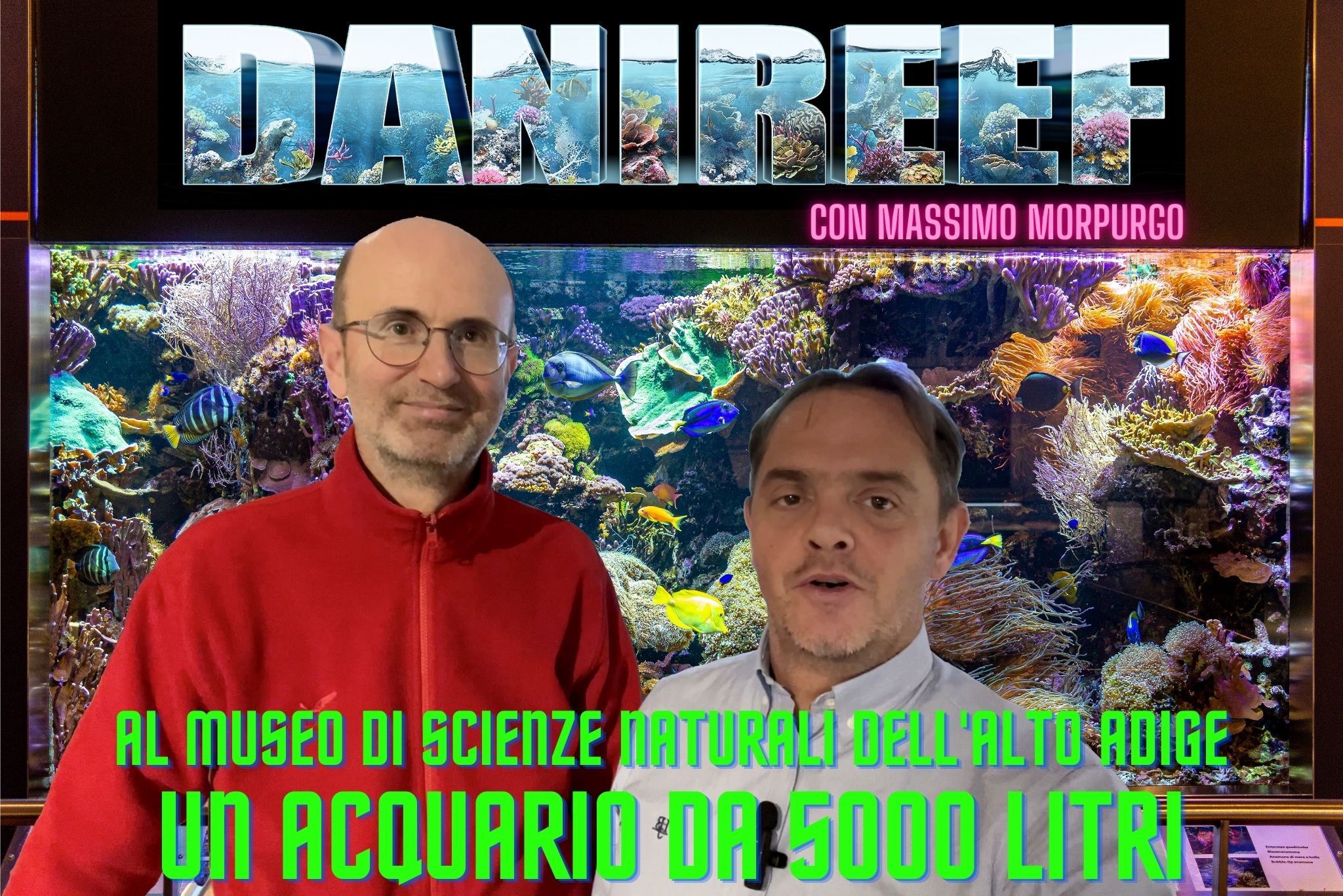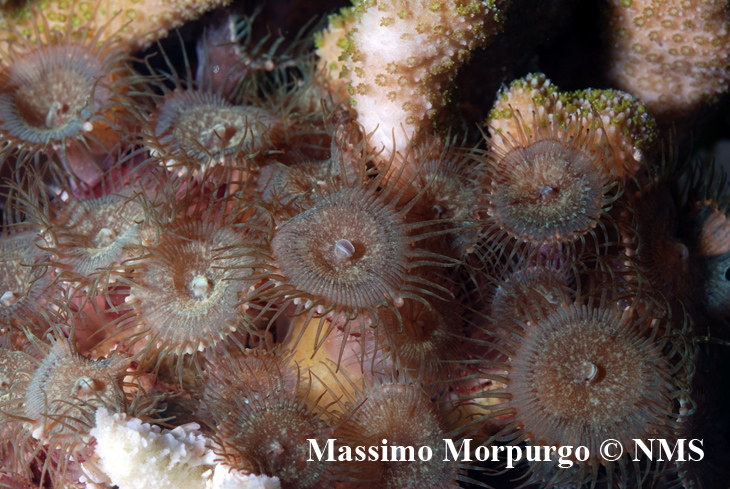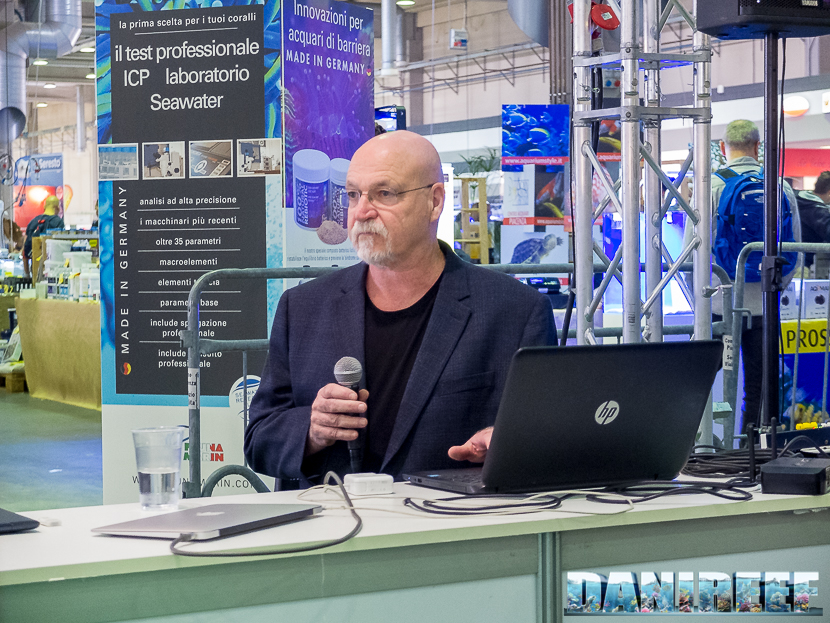How protect yourself and the detoxification
There have been done detoxification experiments in order to value the capacity of active carbon, used in aquarium for absorbing palytoxins. These experiments showed that active (pellet type) carbon for aquariums, in laboratory conditions, can absorb, in 24 hours, the palytoxins produced by P. cf. toxica in aquarium to 99,7%, being in this way a valid solution for the health of the hobbyists.
The major part of intoxication cases is due to a species of the Palythoa genre, so they all have to be handled with attention. Even though it’s from decades that hobbysts breed and handle Zoatharies Zoantari without incurring in palytoxin intoxications and, plus, these documented cases are few, considering that the toxin is dermatoxin and carcinogenic, you should never touch Zoantharies in general (Palythoa, Zoanthus etc.) with your bare hands, but only wearing gloves.
Those made by solid latex or nitrile, long to the forearm, are recommended. Those thin disposable can be easily punched with sharp rocks and corals. Moreover, is suggested also to wear protective glasses and a half mask with active carbon filter to protect the respiratory tracts. A sub-mask, in alternative, would fit well.
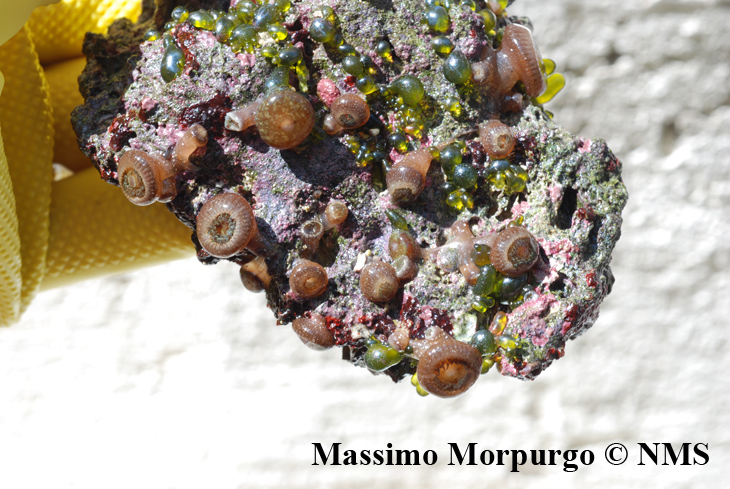
Conclusion
It has been experimentally proven that active carbon can absorb to 99,7% of the palytoxins in water. In an aquarium with Palythoa colonies the filtration with active carbon can reduce the palytoxin concentration into the water and in this way it also reduces the risk for the hobbyist of being exposed to the toxins, even if it can’t totally eradicate it.
It is recommended to never use hot or steaming water to kill Palythoa‘s polyps. It’s incredibly elevate the risk of aerosol production, with which it’s possible to inhale the toxin. A lot of serious palytoxin intoxication cases from inhalation have been caused by the use of boiling water.
Don’t brush out of the water with a toothbrush or a brush for Palythoa polyps for remove or kill them. In this way it’s easier to disperse in the air little drops of water and secretions with palytoxins and then they could be inhaled, ingested or they could touch the eyes. Palythoa polyps, even if dead or dry (for example when they’ve stayed upon a rock out of the water for weeks), can still be dangerous and contain toxins.
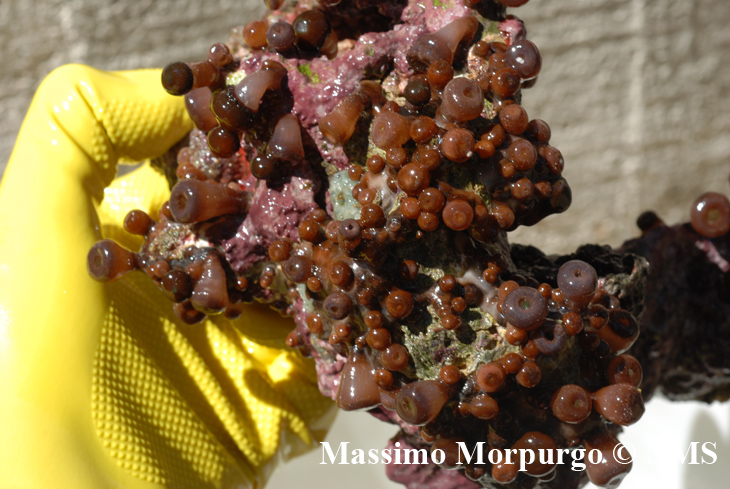
How to eradicate Palythoa
The safer method to eradicate Palythoa‘s polyps is, wearing gloves, glasses and a mask, to remove them with the substrate where they grow. Before managing with Palythoa‘s polyps in aquarium, it’s recommended to turn off the skimmer (and eventual aerators) and all the pumps in the aquarium to reduce the potential production of aerosol containing palytoxins. We suggest you to ventilate for long the place where the aquarium is (open the windows). At the end turn on first only the filter pump to activate the filtration of the active carbon for at least a couple of hours. Only later this phase you can activate the rest of the system. And, most important, during these operations it’s better not to have children near the aquarium.
Considering the high risk for the health, I firmly suggest not to keep Palythoa colonies in aquarium.
Bibliography
For other informations:
Tartaglione L., Pelin M., Morpurgo M, Dell’Aversano C., Montenegro J., Sacco G., Sosa S., Reimer J.D., Ciminiello P., Tubaro A., 2016: An aquarium hobbyist poisoning: Identification of new palytoxins in Palythoa cf. toxica and complete detoxification of the aquarium water by activated carbon. Toxicon 121, 41-50.
Questions
Massimo Morpurgo will be happy to answer to any question in your comments.




